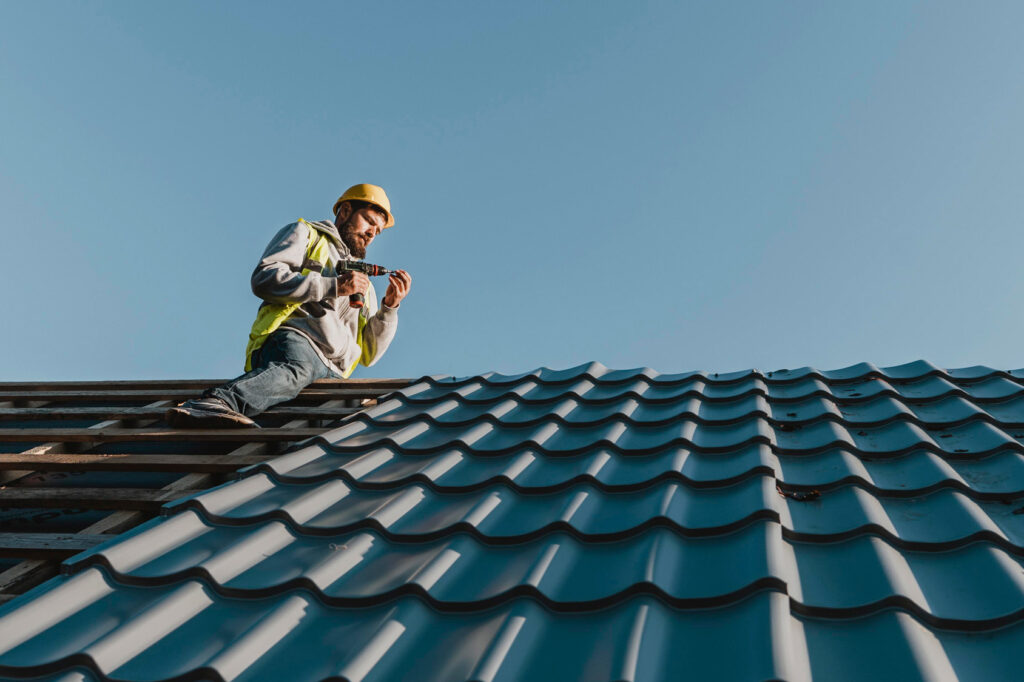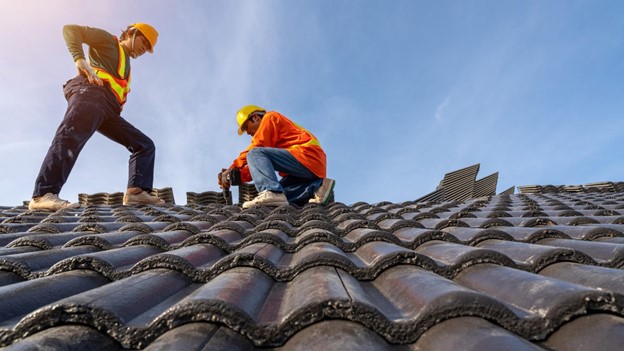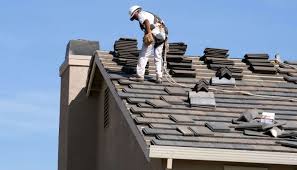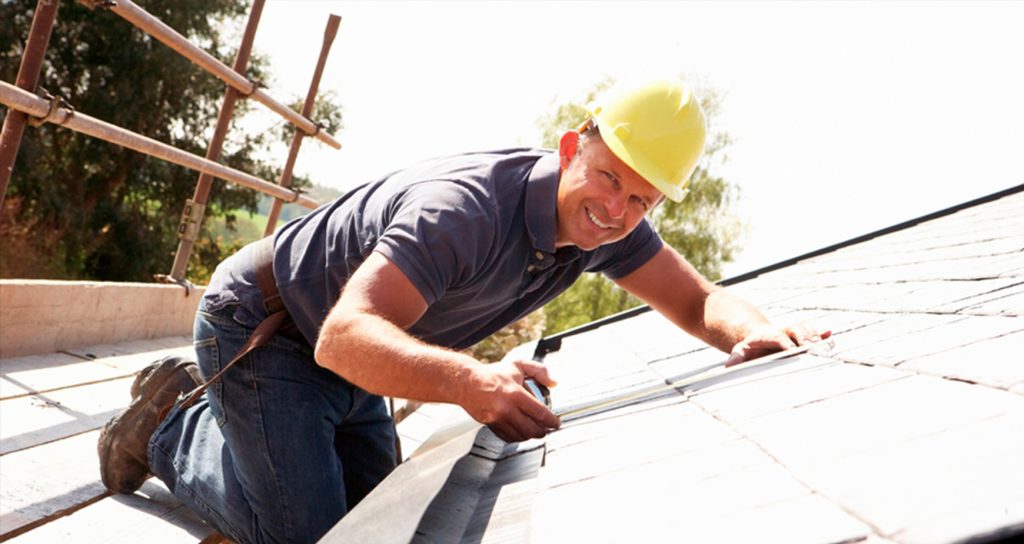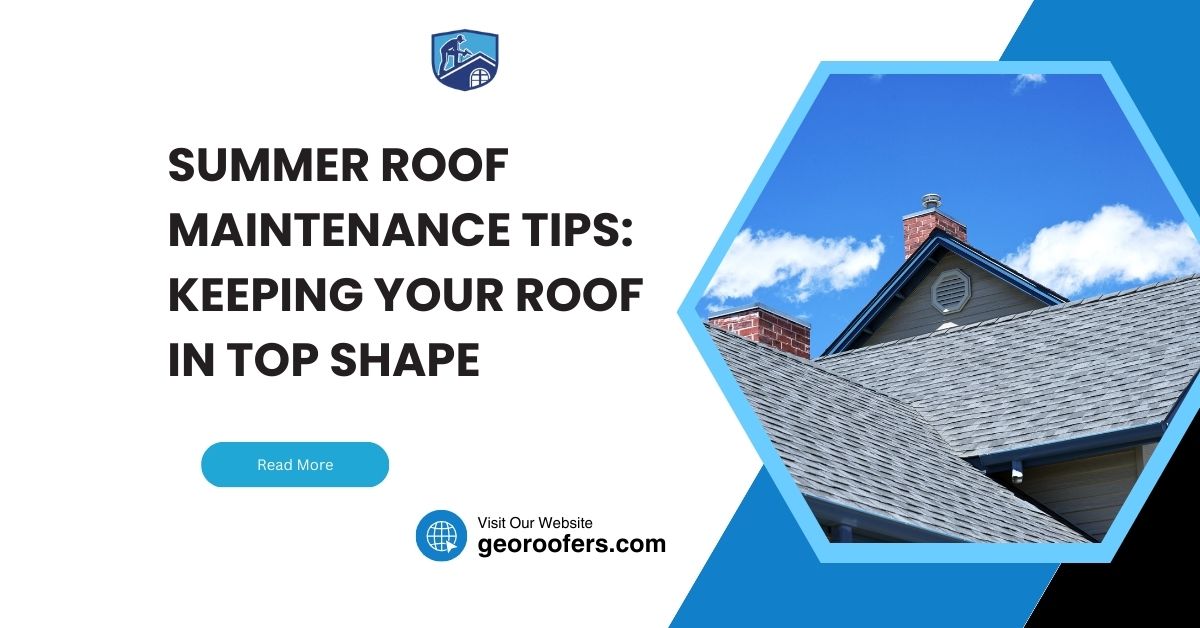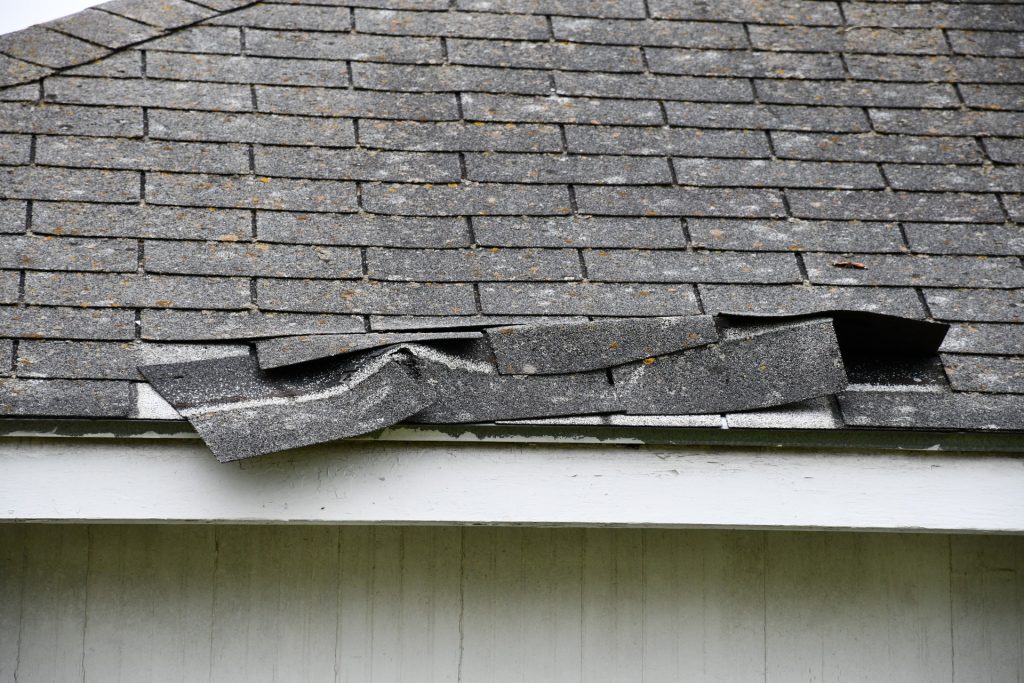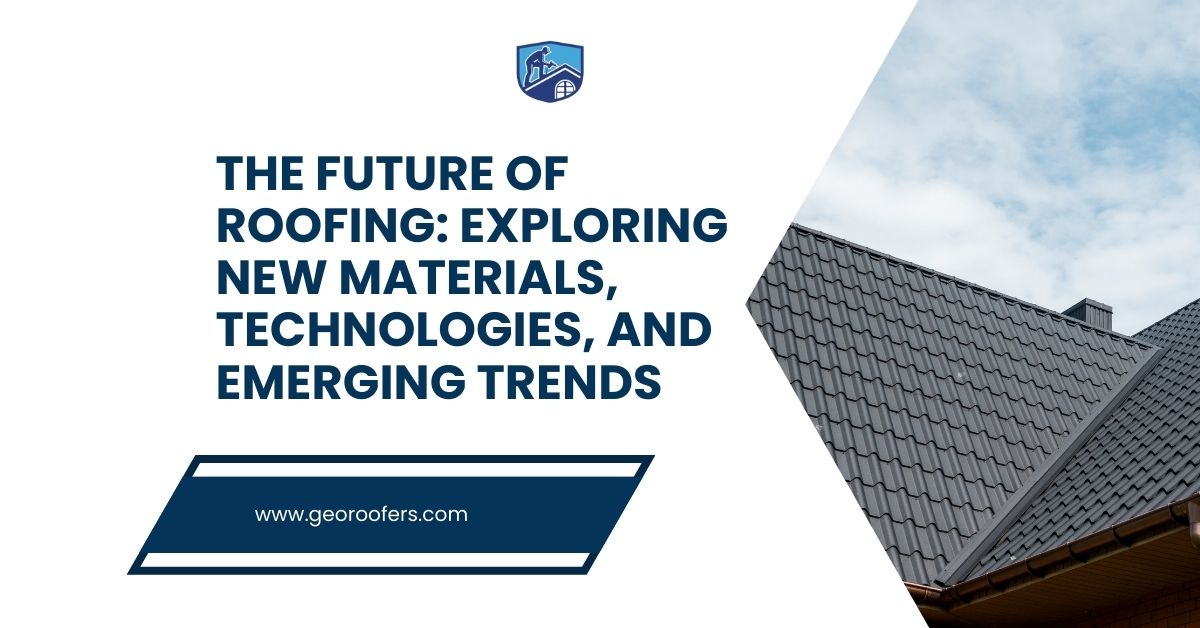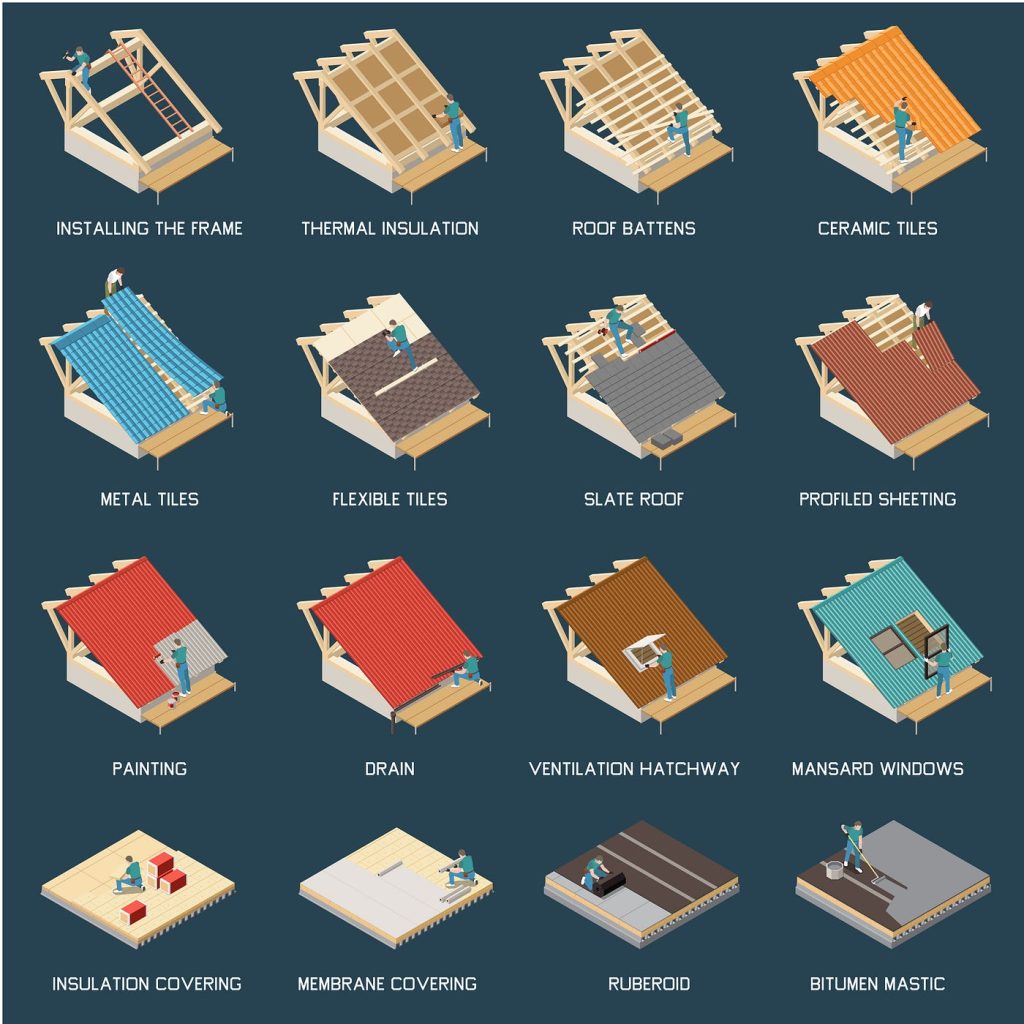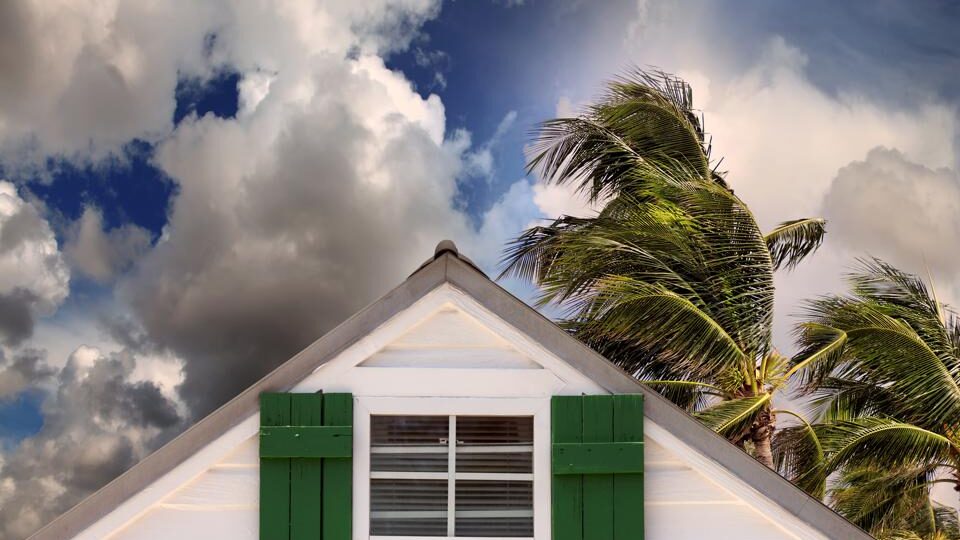
In 2024, the roofing industry is set to experience a wave of exciting trends and innovations that will impact homeowners and contractors alike. This comprehensive guide explores the top roofing trends to watch in 2024, highlighting the latest materials, technologies, and sustainable practices that are shaping the future of roofing. Whether you’re planning a new roof, considering a repair, or simply curious about what’s on the horizon, this article provides valuable insights into the evolving roofing landscape.
What Are the Top Roofing Trends for 2024?
As we look ahead to 2024, several roofing trends are poised to make a significant impact on the industry. From new roofing materials to advanced technologies, the roofing sector is evolving rapidly. One of the most notable trends for 2024 is the increased interest in impact-resistant roofing materials. These materials are designed to withstand extreme weather conditions, providing homeowners with peace of mind and protecting their investment in the long run.
Another roofing trend to watch in 2024 is the growing popularity of sustainable roofing solutions. Homeowners are increasingly seeking eco-friendly options that reduce their environmental footprint. This includes green roofs, which are covered with vegetation and provide numerous benefits, such as improved insulation and reduced stormwater runoff. Additionally, solar roofs are becoming more common, as they allow homeowners to generate their own electricity and reduce energy costs.
The latest trends in roofing also include innovations in roofing materials. For instance, metal roofs are gaining popularity due to their durability and longevity. Metal roofs can last up to 50 years or more, making them a cost-effective option for homeowners. Additionally, there is a growing interest in energy-efficient roofing materials that reflect more sunlight and reduce cooling costs during the summer months.
Why Are Metal Roofs Gaining Popularity?
Metal roofs are gaining popularity among homeowners and contractors for several reasons. First and foremost, metal roofs are known for their durability. Unlike traditional roofing materials like asphalt shingles, metal roofs can withstand extreme weather conditions, including hail and heavy snowfall. This makes them an excellent choice for homeowners looking for a long-lasting roofing solution.
Another reason for the increasing popularity of metal roofs is their energy efficiency. Metal roofs are designed to reflect more sunlight than other roofing materials, which helps keep homes cooler during the summer months. This can lead to significant energy savings and lower utility bills. In addition to their energy efficiency, metal roofs are also eco-friendly, as they are often made from recycled materials and can be recycled at the end of their lifespan.
Metal roofing systems are also gaining traction due to their aesthetic appeal. With a wide range of colors and styles available, metal roofs can complement various architectural designs, making them a versatile choice for both residential and commercial properties. Furthermore, metal roofs require minimal maintenance, which is an attractive feature for homeowners looking for a low-maintenance roofing option.
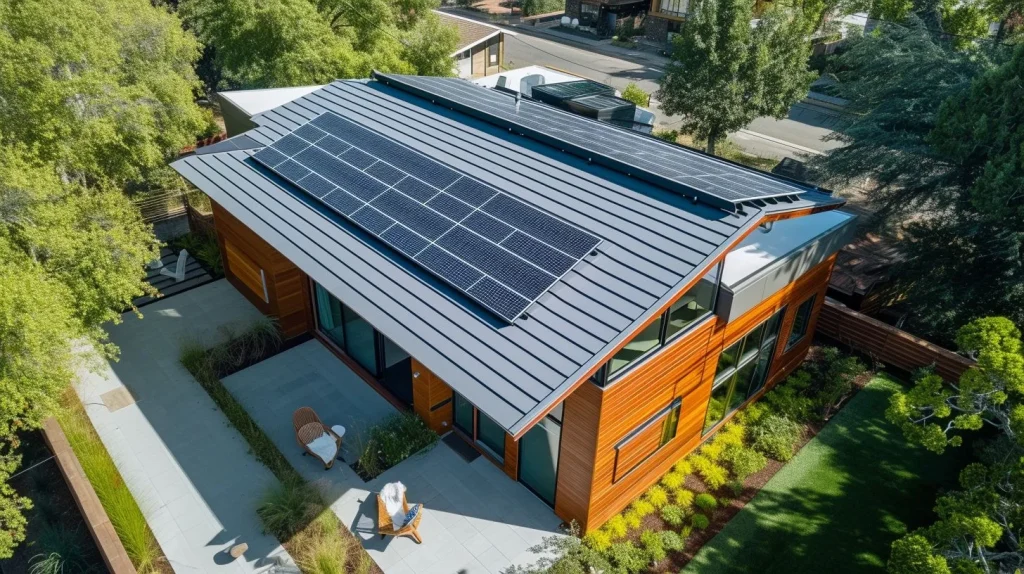
How Are Solar Roofs Changing the Roofing Industry?
Solar roofs are revolutionizing the roofing industry by offering homeowners the ability to generate their own electricity. This innovative roofing solution integrates solar panels directly into the roof, providing a seamless and aesthetically pleasing appearance. As energy costs continue to rise, more homeowners are turning to solar roofs to reduce their reliance on traditional energy sources and lower their utility bills.
One of the key benefits of solar roofs is their ability to harness renewable energy. By generating electricity from the sun, solar roofs contribute to a more sustainable future and help reduce greenhouse gas emissions. Additionally, many regions offer incentives and tax credits for installing solar roofs, making them a financially attractive option for homeowners.
The demand for solar roofs is expected to grow significantly in 2024 as technology continues to advance and become more affordable. Innovations in solar roofing materials are making these systems more efficient and easier to install. For example, solar shingles, which resemble traditional roofing shingles, are becoming more widely available and offer a sleek and integrated look.
The Future of Green Roofs: What to Expect in 2024
Green roofs are an exciting trend that is expected to gain even more traction in 2024. These roofs are covered with vegetation, providing numerous environmental and economic benefits. One of the primary advantages of green roofs is their ability to improve insulation. By adding a layer of plants and soil, green roofs help regulate indoor temperatures, reducing the need for heating and cooling and ultimately lowering energy bills.
In addition to their energy efficiency, green roofs also play a crucial role in stormwater management. They absorb rainwater, reducing runoff and minimizing the risk of flooding in urban areas. This makes green roofs an excellent choice for cities looking to address their stormwater management challenges.
Green roofs also contribute to improved air quality and biodiversity. The plants on green roofs can filter pollutants from the air and provide habitat for various species of birds and insects. As more homeowners and businesses recognize these benefits, the adoption of green roofs is expected to increase in 2024.
Innovations in Roofing Materials: What’s New?
The roofing industry is witnessing a wave of innovations in roofing materials that promise to enhance durability, energy efficiency, and aesthetic appeal. One of the most notable developments is the use of impact-resistant roofing materials. These materials are designed to withstand extreme weather events, such as hailstorms and hurricanes, providing homeowners with a robust and long-lasting roofing solution.
Another exciting innovation in roofing materials is the development of cool roofs. These roofs are designed to reflect more sunlight and absorb less heat than traditional roofing materials, helping to keep homes cooler and reduce energy consumption. Cool roofs are particularly beneficial in hot climates, where cooling costs can be a significant expense for homeowners.
Asphalt shingles continue to be a popular choice for many homeowners, but advancements in asphalt shingle technology are making them even more durable and energy-efficient. For example, some asphalt shingles are now available with reflective coatings that enhance their ability to reflect sunlight and reduce heat absorption. Additionally, asphalt shingles are being manufactured with recycled materials, making them a more sustainable roofing option.
Energy-Efficient Roofing: Why It Matters in 2024
Energy-efficient roofing is becoming increasingly important as homeowners look for ways to reduce their energy consumption and lower utility bills. One of the primary benefits of energy-efficient roofing is its ability to reflect more sunlight and reduce heat absorption. This helps keep homes cooler during the summer months, reducing the need for air conditioning and leading to significant energy savings.
In addition to their energy-saving benefits, energy-efficient roofing materials also contribute to a more sustainable future. By reducing the amount of energy needed to cool homes, these materials help lower greenhouse gas emissions and reduce the overall environmental impact of residential buildings.
Energy-efficient roofing options include cool roofs, which are designed to reflect more sunlight, and metal roofs, which are known for their reflective properties. Solar roofs are another excellent choice for homeowners looking to improve their energy efficiency. By generating electricity from the sun, solar roofs can significantly reduce a home’s reliance on traditional energy sources.
Cool Roofs: Are They the Future of Roofing?
Cool roofs are an emerging trend that is expected to gain even more popularity in 2024. These roofs are designed to reflect more sunlight and absorb less heat than traditional roofing materials, helping to keep homes cooler and reduce energy consumption. Cool roofs are particularly beneficial in hot climates, where cooling costs can be a significant expense for homeowners.
One of the primary benefits of cool roofs is their ability to improve energy efficiency. By reflecting more sunlight, cool roofs reduce the amount of heat that enters a home, decreasing the need for air conditioning and leading to significant energy savings. This makes cool roofs an attractive option for homeowners looking to reduce their energy bills and lower their environmental footprint.
In addition to their energy-saving benefits, cool roofs also contribute to improved indoor comfort. By reducing the amount of heat that enters a home, cool roofs help maintain a more consistent indoor temperature, making living spaces more comfortable during the summer months. Furthermore, cool roofs can extend the lifespan of roofing materials by reducing thermal stress and preventing premature deterioration.
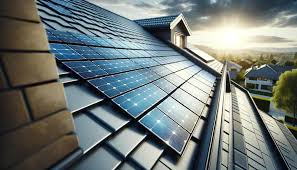
Smart Roofing Technologies: What Are the Benefits?
Smart roofing technologies are set to revolutionize the roofing industry by providing homeowners with advanced solutions that enhance the functionality and performance of their roofs. These technologies include sensors and monitoring systems that can detect issues such as leaks, temperature fluctuations, and structural damage in real time.
One of the primary benefits of smart roofing technologies is their ability to provide early detection of roofing issues. By identifying problems before they become major issues, homeowners can save money on repairs and extend the lifespan of their roofs. For example, smart sensors can detect moisture buildup, allowing homeowners to address leaks before they cause significant damage.
In addition to early detection, smart roofing technologies also offer enhanced energy efficiency. Some smart roofing systems are equipped with features such as automated ventilation and solar panels that optimize energy usage and reduce utility bills. By integrating these technologies into their roofing systems, homeowners can enjoy a more sustainable and cost-effective roofing solution.
Hiring a Professional Roofing Contractor: What You Need to Know
Hiring a professional roofing contractor is essential for ensuring that your roofing project is completed successfully and to a high standard. One of the first steps in hiring a roofing contractor is to do your research. Look for contractors who have a solid reputation in the industry and positive reviews from previous clients.

